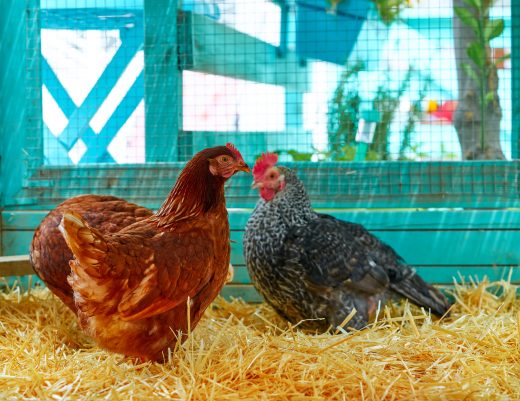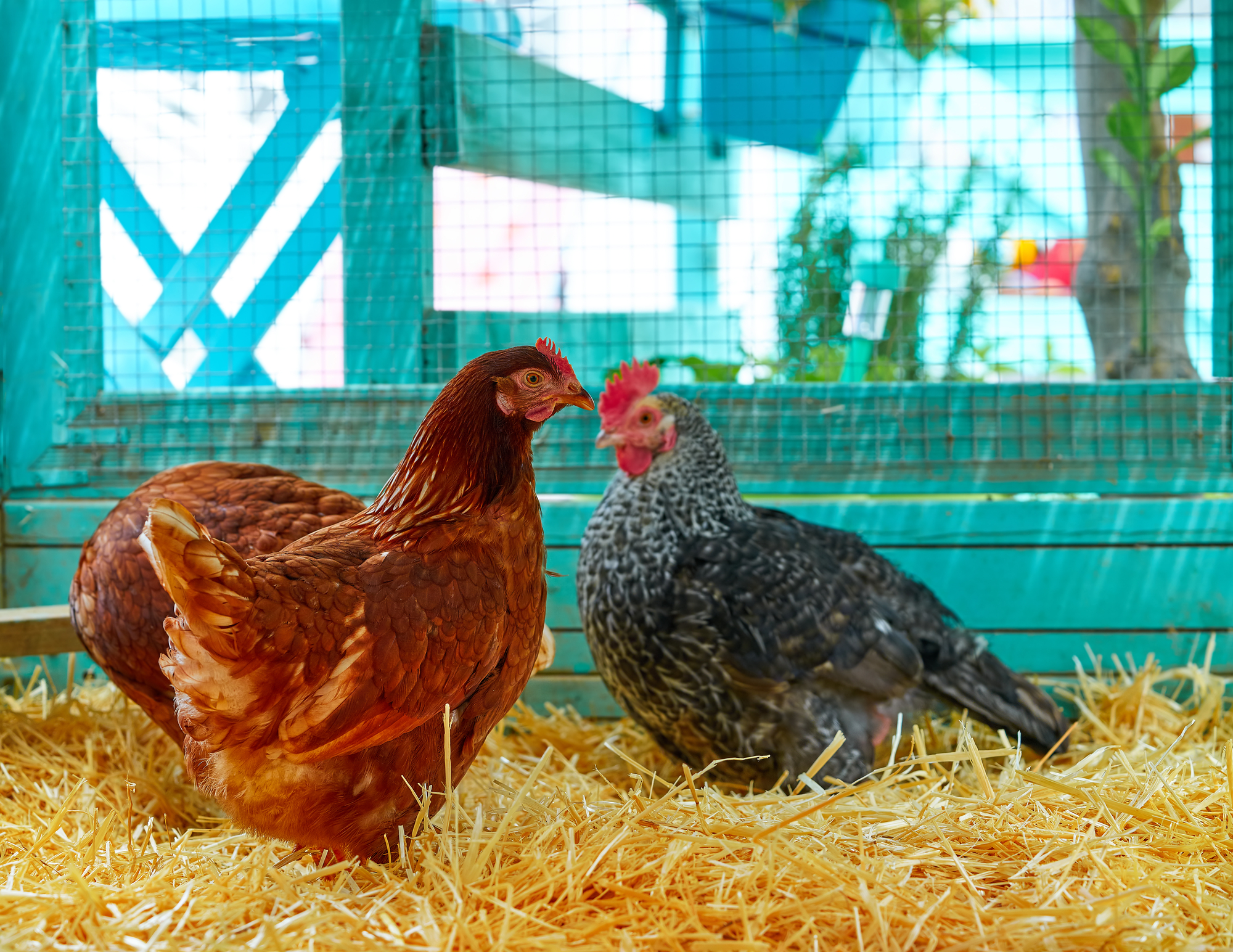Most people decide to raise backyard chickens for one reason — eggs. A single chicken can lay an egg nearly every day of the week and, depending on the brood size, this can provide a healthy family breakfast year-round. But chickens provide so much more than eggs. They can control pests in your garden, fertilize the earth with their manure and even make great pets for you and your kids. Plus, raising your own chickens is much more sustainable than industrial chicken farms.
Although there are many benefits to backyard chickens, they don’t come without a price — namely your time and a large portion of your lawn. Moreover, you’ll want to protect your investment and ensure your hens enjoy long and happy lives. Therefore, it’s beneficial to understand what raising your own brood will entail before making a full and long-lasting commitment.
1. Considering Cost
Depending on the size of your brood, the initial cost can be a few hundred to a few thousand dollars. However, the cost of monthly upkeep is relatively low, in comparison. Each chicken will eat approximately 1.5 pounds of feed each week. If you keep a brood of three, this means you’ll need nearly 20 pounds of feed each month. This — and a bale of hay — might cost about $20.
However, each hen will produce two dozen eggs and four pounds of manure each month. If you sell those eggs for $5 per dozen and the manure for $1 per pound, you’ll net a profit of about $22 with your three hens. Of course, if you’re eating most of those eggs yourself, you’ll likely break even or forfeit making a profit.
2. Investing Your Time
In addition to money, you’ll also be investing a fair amount of time in raising backyard chickens. On a daily basis, you’ll spend 10 to 20 minutes feeding, watering and performing basic health inspections on your chickens. Additionally, you should deep clean the coop and yard once a week, removing manure and cleaning the water containers and feed bin. This will prevent your hens from getting sick or underproducing.
Aside from those basic tasks, you won’t have to worry too much about your brood. So, if you’re home in the mornings and evenings each day, you’ll likely have enough time to care for them. If you plan to leave home for a few days, just be sure to hire a chicken sitter who can check in on and care for your coop while you’re gone.
3. A Matter of Space
Chickens require a decent amount of space to roam and prevent boredom. Providing hens with adequate space will also keep hen fights, stress and even cannibalism to a minimum. While not an exact science, most farmers recommend designating roughly two square feet within the coop and eight square feet in the outside run per chicken. Free-range chickens — which are difficult to keep in urban neighborhoods — require 250 to 300 square feet per bird.
When building your coop, you’ll also want to consider its placement. Chickens need a good amount of both sunshine and shade to maintain high egg yields. Therefore, placing the coop at the base of a tree may be a smart choice. There, the tree will protect them from wind and rain while also providing both sun and shade.
4. Talk With the Neighbors
At this point, you may already be researching chicken breeds online and planning where you’ll place your coop. Yet, even if you love the idea of chickens, your neighbors might not. If you live in a suburb and can easily talk to your neighbor over the fence, you may want to mention the idea of raising backyard chickens. While they aren’t loud, chickens can smell if you don’t care for them well enough and your neighbors probably won’t appreciate that.
Having your neighbors on your side will also minimize your chances of them reporting you to the police. Even if your county allows backyard chickens, you could get into some trouble if you don’t properly care for them. Plus, most cities have laws that require you to maintain and clean your coop. If you fail to do so, you could lose your brood.
Plan for More
Chickens are like potato chips. You can’t have just one — or even three! What may start out as a small brood can turn into a family of 10 quite quickly, especially when you see those fluffy yellow chicks at the feed store. Therefore, it’s best to plan ahead and assume you’ll be adding more chickens to your coop at some point.
Build your coop for more chickens than you plan to buy and make sure you have enough space to keep them happy and healthy. And, if you don’t plan to eat all those eggs, be sure to find someone who will enjoy them.




